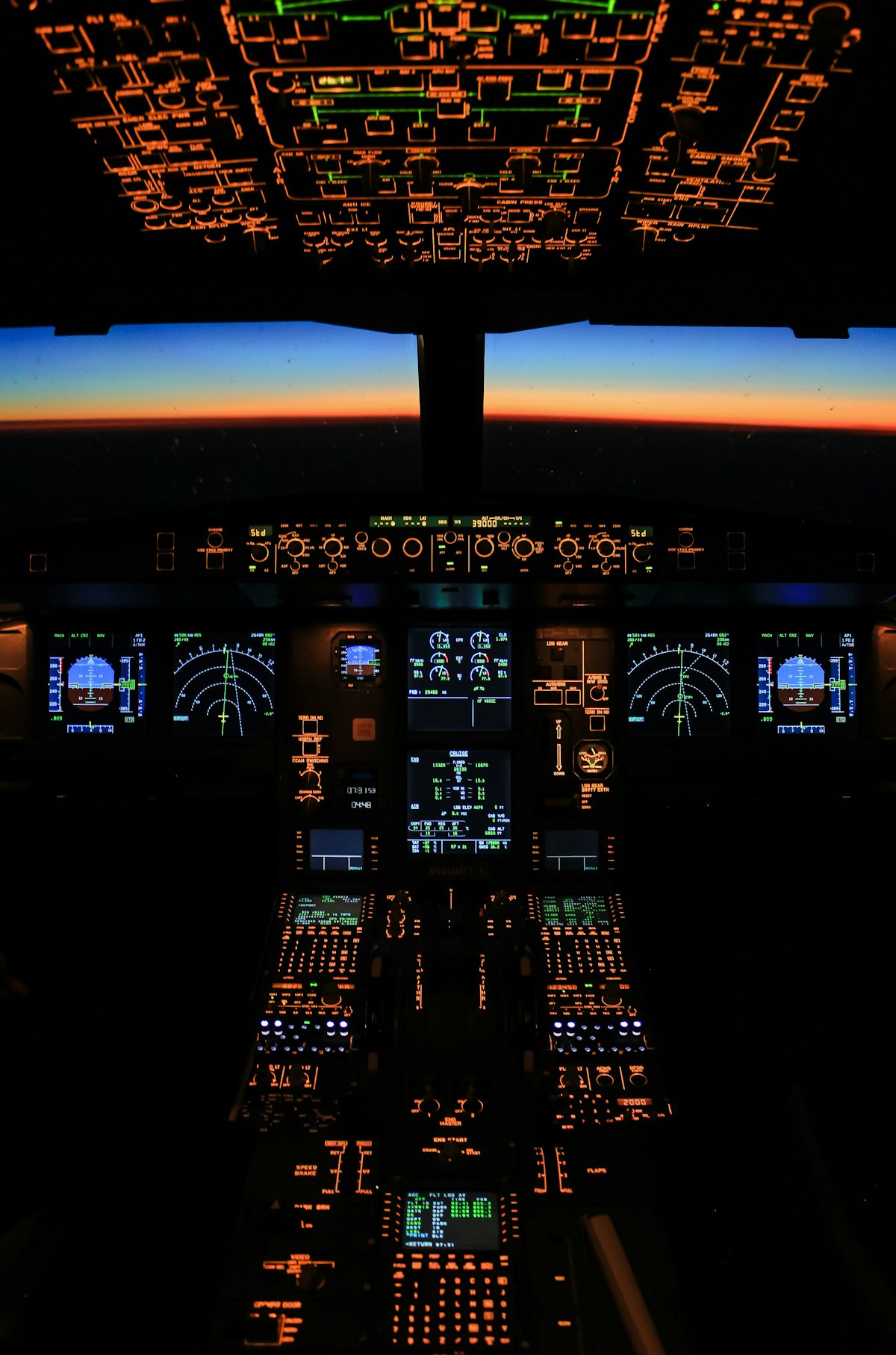Boeing F-15EX Eagle II
Boeing F-15EX Eagle II
The Boeing F-15EX Eagle II represents the latest evolution in American fighter jet technology. Developed as an upgrade to the iconic F-15 Eagle, the F-15EX incorporates modern advancements to meet contemporary military requirements.
History and Development

The F-15 Eagle first took flight in 1972. Over the years, it has proven its capabilities in various combat scenarios. The U.S. Air Force recognized the need for a new iteration to maintain air superiority and deter emerging threats. Thus, the F-15EX project was launched, building on the F-15’s robust airframe and integrating cutting-edge systems.
Contracts for the F-15EX were awarded to Boeing in 2019. The aircraft’s design aims to provide a cost-effective, high-performance fighter that could complement the F-22 Raptor and F-35 Lightning II fleets. The first F-15EX took to the skies in early 2021.
Technical Specifications
The F-15EX boasts superior capabilities. Let’s explore some key technical specifications:
- Length: 63 feet 9 inches (19.43 meters)
- Wingspan: 42 feet 9 inches (13.06 meters)
- Height: 18 feet 8 inches (5.69 meters)
- Maximum Takeoff Weight: 81,000 pounds (36,741 kilograms)
- Powerplant: Two Pratt & Whitney F110-GE-129 engines
- Thrust: 29,000 pounds per engine
- Maximum Speed: Mach 2.5+
- Range: Up to 2,400 nautical miles
- Service Ceiling: 60,000 feet (18,288 meters)
Advanced Avionics
The avionics suite on the F-15EX far surpasses older models. One of the standout features is the AN/APG-82(V)1 radar system. This advanced radar provides superior detection range, multiple target engagement, and enhanced electronic countermeasures. It’s a step up from the previous generation’s capabilities, allowing for better situational awareness.
The fighter jet also features an advanced cockpit system. Pilots benefit from large-area, high-resolution displays that provide critical information at a glance. The Joint Helmet-Mounted Cueing System (JHMCS) offers superior targeting and tracking by displaying information directly onto the pilot’s visor. This enhances response times during engagements.
Weaponry and Payload
The F-15EX has a diverse arsenal. It can carry up to 29,500 pounds (13,380 kilograms) of payload. This wide range enables it to perform various missions, from air dominance to ground attack. It supports a variety of air-to-air and air-to-ground munitions.
- Air-to-Air Missiles: AIM-120 AMRAAM, AIM-9X Sidewinder, AIM-260 JATM
- Air-to-Ground Weapons: Joint Direct Attack Munitions (JDAM), Small Diameter Bombs (SDB), and AGM-158 Joint Air-to-Surface Standoff Missile (JASSM)
- Bombs: GBU-31, GBU-38
- Guns: One M61 Vulcan 20mm Gatling gun
The aircraft’s weapon stations and mounts are adaptable. This flexibility allows the F-15EX to integrate future weapons seamlessly. Innovations like open mission systems architecture make such upgrades straightforward.
Improved Survivability
The F-15EX has several measures to enhance survivability. Advanced electronic warfare systems protect the jet from missile threats. This includes radar warning receivers, electronic countermeasures, and towed decoys.
Additionally, the aircraft’s design includes redundant control systems and reinforced structures. These features ensure resilience and operational capability even if some systems are compromised. The multi-role design also enables quick reconfiguration for different mission profiles, enhancing readiness.
Production and Delivery
The F-15EX is a part of the U.S. Air Force’s modernization strategy. The initial contract called for eight units, with plans to expand to a total of 144 aircraft over time. These new jets will replace the older F-15C/D models. The transition allows the Air Force to maintain a capable fighter fleet while retiring aging aircraft.
Production occurs at Boeing’s St. Louis facility. The assembly line benefits from automation and modern manufacturing techniques, ensuring high-quality builds. Operational units are projected to receive continuous upgrades, including software improvements and new systems integrations.
International Interest
Although primarily developed for the U.S. Air Force, the F-15EX has attracted international interest. Countries such as Israel, Japan, and Saudi Arabia have shown interest in upgrading their fleets with this advanced model. This global appeal highlights the aircraft’s capabilities and reliability.
Foreign military sales agreements could further extend the production run, benefiting both Boeing and allied nations. International operators would gain a versatile and capable platform, enhancing their defense capabilities.
Cost and Budget Considerations
One factor contributing to the F-15EX’s appeal is its cost-effectiveness. Although each unit comes with a high price tag, estimated at approximately $87.7 million, its operating costs are lower compared to fifth-generation fighters like the F-35. Maintenance and operational expenses are kept in check due to the platform’s proven design and existing infrastructure.
The aircraft’s long operational life adds value. Modern design principles and ease of upgrades play critical roles in keeping it relevant for decades. This long-term utility helps offset the initial acquisition costs.
Environmental and Logistic Footprint
Sustainability and logistical efficiency are also key considerations. The F-15EX is designed to integrate with existing facilities and ground support equipment. This minimizes the need for new infrastructure investments. Additionally, its commonality with previous F-15 variants streamlines maintenance and parts supply chains.
The engines and airframe are optimized for performance and fuel efficiency. While all fighter jets have significant fuel requirements, improved logistics and fuel management systems help mitigate the environmental impact. Advances in materials and design contribute to a lower overall carbon footprint.
Recommended Aviation Gear
David Clark H10-13.4 Aviation Headset – $376.95
The industry standard for aviation headsets.
Pilots Handbook of Aeronautical Knowledge – $25.42
Essential FAA handbook for every pilot.
As an Amazon Associate, we earn from qualifying purchases.

Subscribe for Updates
Get the latest articles delivered to your inbox.
We respect your privacy. Unsubscribe anytime.